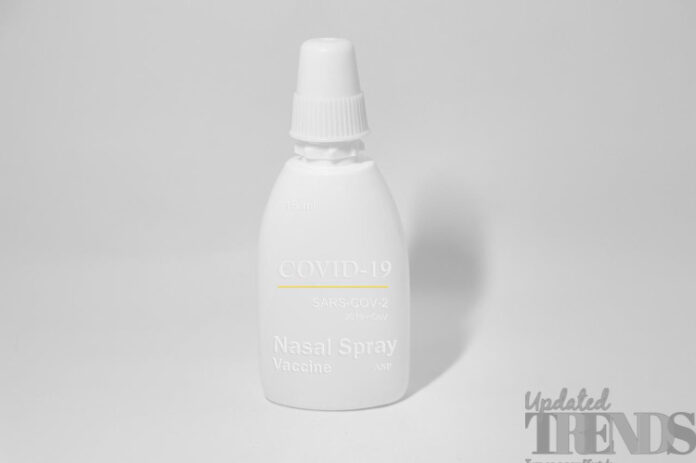The COVID-19 virus continues to remain even in 2022 however, people now have vaccines to deal with it. But a highly contagious version of the virus is circulating in the United States. Researchers and public health officials are currently looking forward for a new generation of vaccines. The Federal health officials had last week gathered for a White House Summit where people discussed about the future of COVID-19 vaccines. The members at the summit had agreed that there was a need for innovative vaccines that would help to deal with the potential variants.
The summit was recently organized as the United States is currently undergoing a fresh surge of COVID-19 with two new kinds of the Omicron variant known as the BA.4 and BA.5. Both the sub variants are known to be highly contagious and some of the early evidence has shown that the subvariants are better at getting rid of the prior immunity. This means that people who are immune from the vaccine or with past COVID infections are still vulnerable to the infection.
The National Institute of Allergy and Infectious Disease director Anthony Fauci has suggested a pan-coronavirus vaccine and a nasal vaccine that could be inhaled instead of being injected. At present majority of the intra-nasal COVID-19 vaccines are in preliminary stages but some of the early results have shown some promising results. If the nasal vaccines prove to be efficient, then they might become the key to prevent the spread of the virus. The current mRNA vaccines induces robust immunity in the blood and prevents severe disease.
A new research has also suggested that an mRNA vaccine with an intranasal booster vaccine can provide a stronger protection against the virus when it enters the body. It limits the spread and also prevents breakthrough infections. Experts opine that the robust antibody response in the respiratory tract will neutralize the virus upon entry when the individual gets infected.
Photo Credits: Pixabay











